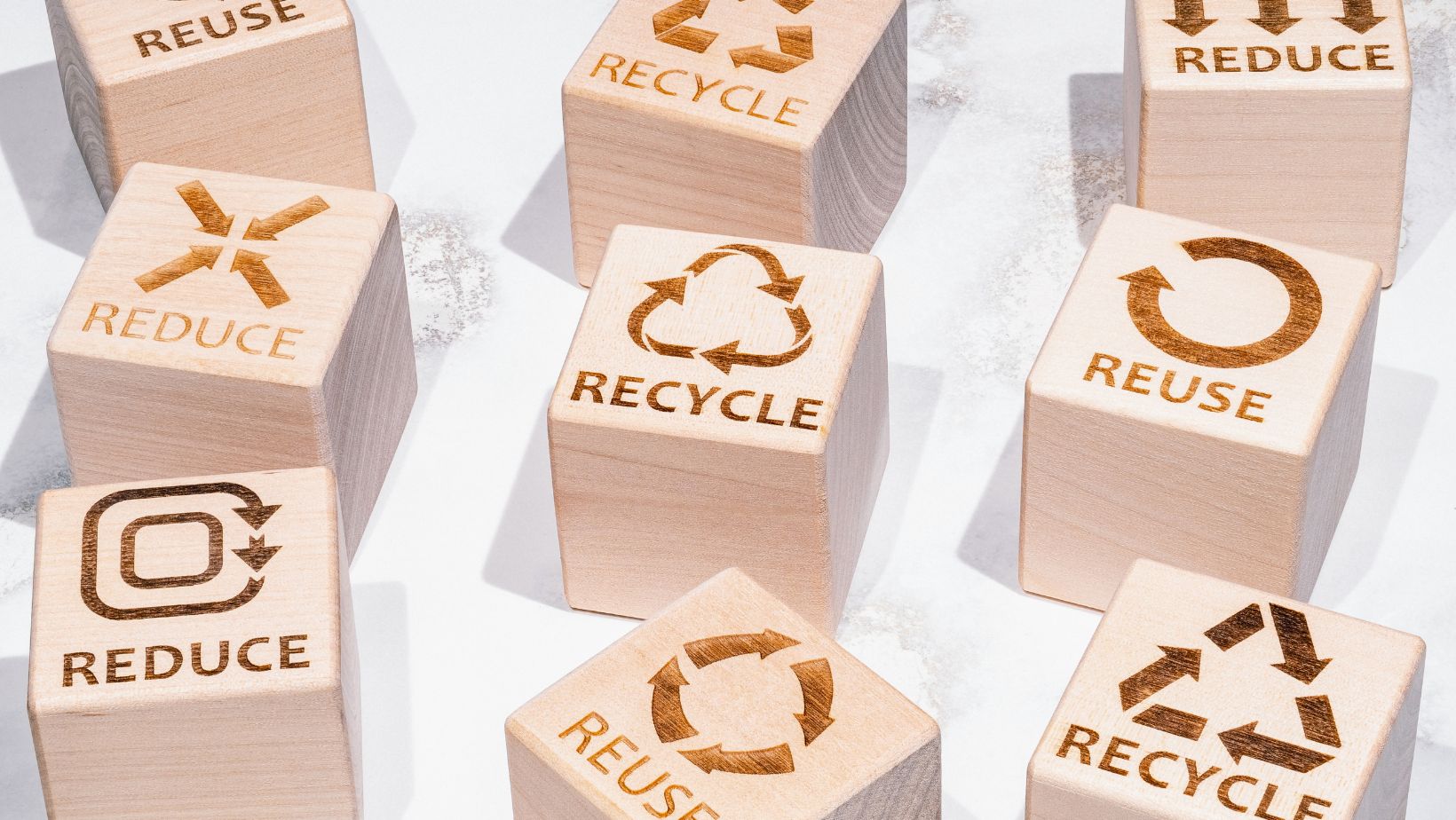
In today’s rapidly changing world, sustainable living has emerged as a crucial lifestyle choice for those looking to make a positive impact on the planet. This concept goes beyond mere environmental activism, weaving itself into the fabric of daily life to create a harmonious balance between the earth’s resources and our needs as a society. It’s about making conscious decisions that not only benefit us today but also ensure a thriving world for future generations.
Define Sustainable Living
 Sustainable living encompasses several vital domains, each contributing to a greener, more sustainable future. Recognizing these areas allows individuals to make informed choices that align with environmental conservation and social equity aims.
Sustainable living encompasses several vital domains, each contributing to a greener, more sustainable future. Recognizing these areas allows individuals to make informed choices that align with environmental conservation and social equity aims.
Energy conservation involves reducing energy consumption through efficient appliances, LED lighting, and adopting renewable energy sources like solar panels. By minimizing energy use, individuals can decrease greenhouse gas emissions and lower their carbon footprint.
Waste Reduction
Focus on minimizing waste generation through practices like recycling, composting, and choosing reusable over single-use products. Waste reduction not only conserves natural resources but also reduces landfill impact.
Sustainable Transportation
Opting for public transport, biking, walking, or driving low-emission vehicles contributes significantly to reducing air pollution and conserving energy. Sustainable transportation choices lessen one’s environmental impact and promote health benefits.
Support for Local and Sustainable Products
Purchasing products from local businesses and choosing goods made with sustainable practices support local economies and reduce transportation-related emissions. It emphasizes the importance of valuing quality and sustainability over convenience.
By integrating these key areas into daily life, individuals can play a crucial role in fostering a sustainable future, aligning with the previously discussed importance of sustainable living practices.
Sustainable Living Practices
 Building on the importance of conserving energy, reducing waste, and enhancing local economies, sustainable living practices offer practical ways to minimize environmental impact. These practices include adopting renewable energy sources, like solar panels, to decrease reliance on fossil fuels. Individuals can implement waste-reducing strategies, such as composting organic matter and recycling, to lessen landfill contributions. Choosing sustainable transportation methods, such as biking, walking, or using public transit, further reduces carbon footprints. Supporting local and sustainable products not only aids in reducing transportation-related emissions but also bolsters community economies. By embracing these practices, people can play a pivotal role in fostering a sustainable future.
Building on the importance of conserving energy, reducing waste, and enhancing local economies, sustainable living practices offer practical ways to minimize environmental impact. These practices include adopting renewable energy sources, like solar panels, to decrease reliance on fossil fuels. Individuals can implement waste-reducing strategies, such as composting organic matter and recycling, to lessen landfill contributions. Choosing sustainable transportation methods, such as biking, walking, or using public transit, further reduces carbon footprints. Supporting local and sustainable products not only aids in reducing transportation-related emissions but also bolsters community economies. By embracing these practices, people can play a pivotal role in fostering a sustainable future.
Challenges to Sustainable Living
Despite the clear advantages of sustainable living, individuals and communities face several challenges in its adoption. Understanding these obstacles is crucial for effective implementation.
Economic Barriers
Economic obstacles often top the list of challenges. Initial costs for green technologies, such as solar panels or energy-efficient appliances, can be high, deterring individuals and households from making the switch. Additionally, while shopping for local and sustainable products supports community economies, these items often come with a higher price tag, making them less accessible to all economic demographics.
Lack of Awareness and Education
Awareness and education play pivotal roles in sustainable living. Many people lack the necessary information on how to live sustainably or why it’s important. Without widespread education on the benefits of sustainability and how to implement sustainable practices in daily life, it can be challenging to motivate change.
Infrastructure and Accessibility
Infrastructure and accessibility to sustainable options pose another significant challenge. In many areas, especially in less urbanized settings, access to resources such as recycling centers, public transportation, and sustainable products is limited. This lack of accessibility makes it difficult for individuals to adopt more sustainable practices even if they have the desire to do so.
Cultural and Societal Norms
Cultural and societal norms often slow the transition to sustainable living, as traditional practices and habits are deeply ingrained. Shifting perspectives and behaviors towards a more sustainable lifestyle requires time, continuous effort, and community involvement.
The Future of Sustainable Living
Embracing sustainable living is not just a trend; it’s a necessity for our planet’s future. Overcoming the economic, political, and societal hurdles is crucial for making greener choices accessible to everyone. As individuals and communities lean into renewable energy, waste reduction, and support for local economies, they pave the way for a healthier world. The shift towards sustainability requires collective action and persistence. It’s about making informed choices today that will ensure a thriving planet for generations to come.
